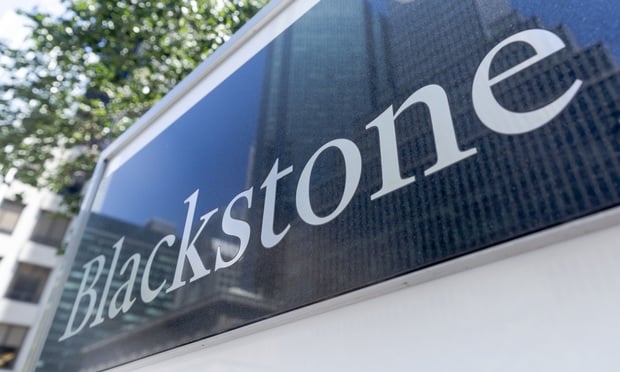Earlier this year Stan Johnson Co., announced the launch of a new affiliate debt services company called Four Pillars Capital Markets, which is providing debt and equity financing packages for commercial real estate investment properties. GlobeSt.com caught up with Farhan Kabani, partner at Four Pillars Capital Markets to get his take on what is happening in the CRE capital markets at the moment. Following are excerpts from that conversation.
It is well known that in many asset classes there is a huge amount of capital chasing limited assets, with the net lease category being one example. What are some of the effects of this – and in particular, is all this capital driving up prices beyond reasonable valuations?
Investors and firms are willing to step outside their historical comfort zones in search of yield. For example, single-tenant net lease owners are more willing to pursue multi-tenant retail assets. Although there's added perceived risk, there's also reward with high cap rates and upside lease-up potential. In past years, these STNL owners may not have had the ability to secure competitive financing for the switch in asset classes, but with the significantly increased availability of capital, throughout the entire capital stack, the lack of experience can be mitigated with higher rates, debt yield and debt coverage ratio. Similarly, the debt fund space has raised significant capital over the past five years, and now it's thriving since the dollars can be deployed. We've never experienced such a dynamic marketplace with so much liquidity flowing across sectors. Low interest rates are the primary driver, and as long as rates remain low, there's likely room for further growth. The levels of reasonable valuations today will be determined in the future, after rates have move upward. Then we will be able to decipher the winners and losers of the basis game.
Recommended For You
Want to continue reading?
Become a Free ALM Digital Reader.
Once you are an ALM Digital Member, you’ll receive:
- Breaking commercial real estate news and analysis, on-site and via our newsletters and custom alerts
- Educational webcasts, white papers, and ebooks from industry thought leaders
- Critical coverage of the property casualty insurance and financial advisory markets on our other ALM sites, PropertyCasualty360 and ThinkAdvisor
Already have an account? Sign In Now
*May exclude premium content© 2025 ALM Global, LLC, All Rights Reserved. Request academic re-use from www.copyright.com. All other uses, submit a request to [email protected]. For more information visit Asset & Logo Licensing.








